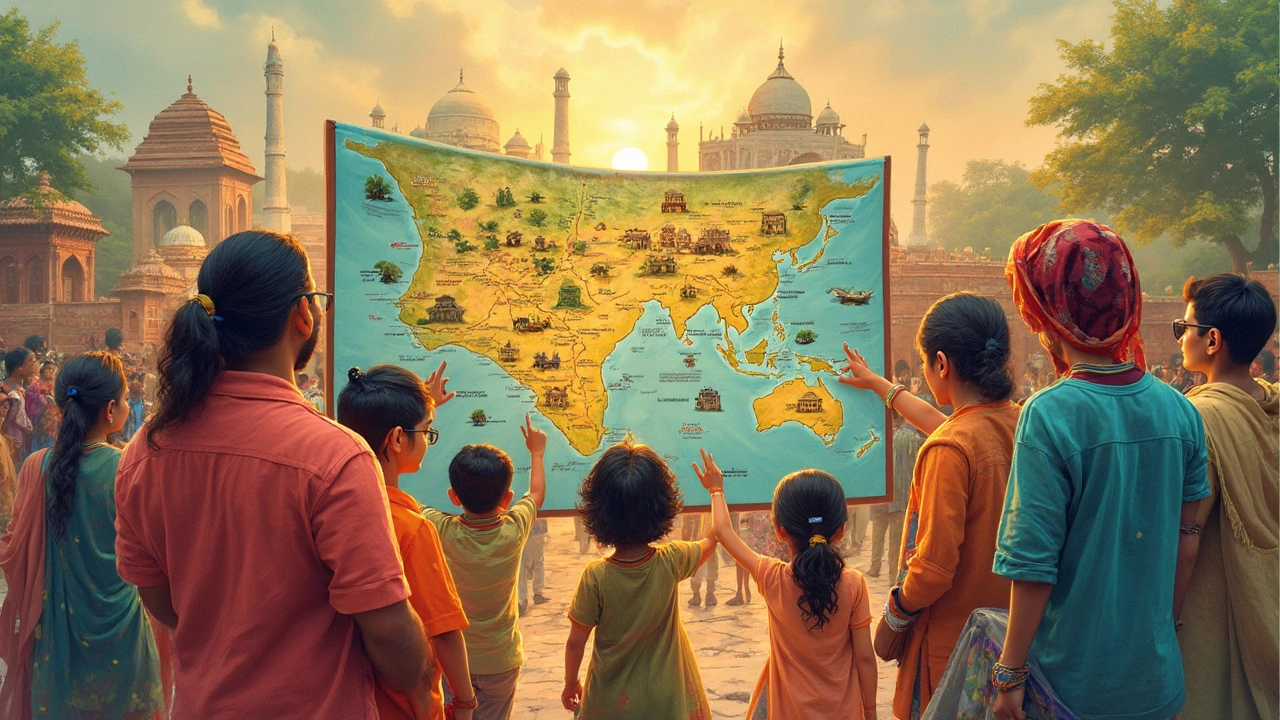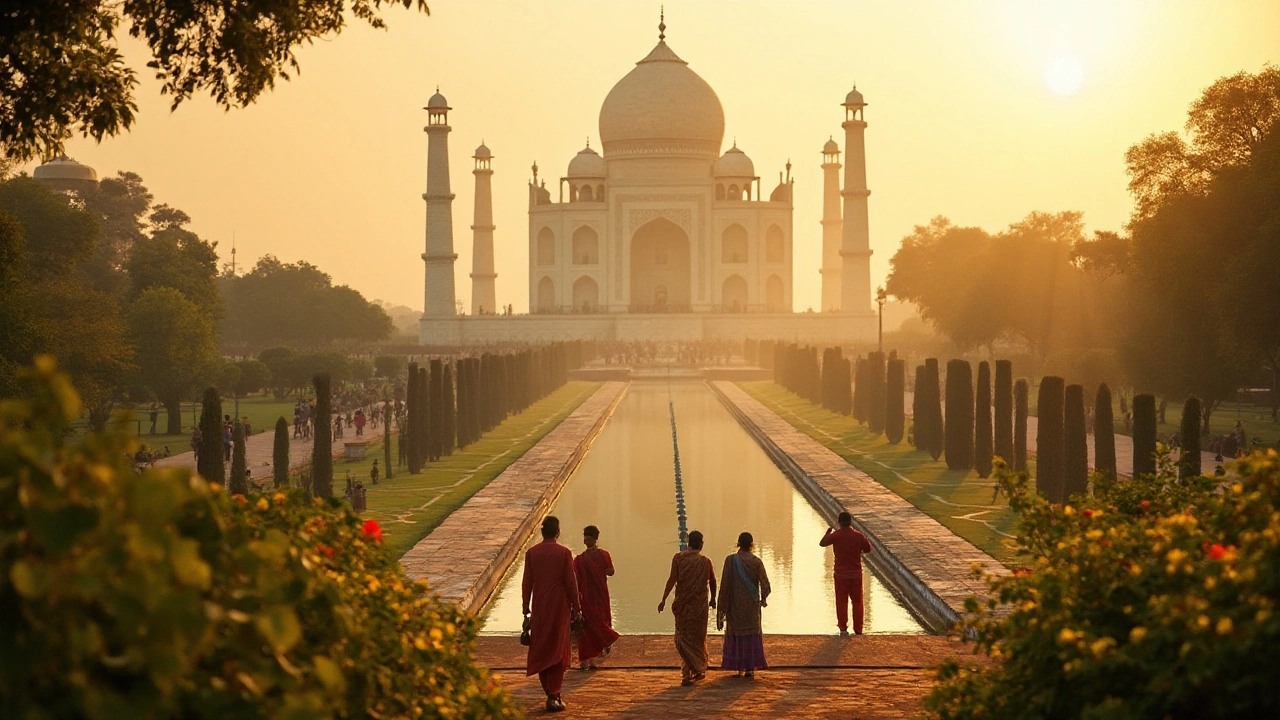SEARCH
Historical Places in India – Your Quick Guide to Top Heritage Sites
India is a treasure chest of history. One trip can take you from marble wonders to stone forts, each with its own story. If you love walking where ancient kings once walked, this guide gives you the basics you need to start planning.
Why India’s History Rocks
From the Indus Valley civilization to the Mughal empire, India has been a crossroads of cultures for thousands of years. That mix shows up in the architecture, the art, and even the street names you’ll see. Because the sites are spread across the country, you can pair history with beach, hill, or desert experiences in the same trip.
Top Must‑See Historical Spots
Taj Mahal, Agra – The white marble tomb built by Shah Jahan in 1653 is the first stop for most visitors. Go early in the morning to beat the crowds and catch the sunrise on the reflecting pool. Entry is modest, and you can reach Agra by train from Delhi in 2‑3 hours.
Qutub Minar, Delhi – This 73‑meter stone tower dates back to 1193 and is surrounded by smaller monuments. The site is free for Indian tourists and cheap for foreigners. The best time to visit is late afternoon when the shadows make the carvings pop.
Hampi, Karnataka – Once the capital of the Vijayanagara empire, Hampi feels like a giant outdoor museum. Walk among the stone chariots, massive boulders, and ruined temples. The weather is pleasant from October to March, and budget guesthouses are plentiful.
Jaipur Forts, Rajasthan – Amber Fort, Nahargarh, and Jaigarh give you a taste of royal life in the Pink City. Hire a local guide at the gate; they’ll point out secret passages and hidden courtyards. Sunset rides on jeeps up the hill are a cheap thrill.
Khajuraho Temples, Madhya Pradesh – Famous for intricate carvings, these temples are a UNESCO World Heritage site. Morning light highlights the stone work, and the entry fee is low. Combine the visit with a wildlife safari in nearby Panna National Park for a full day.
Ajanta & Ellora Caves, Maharashtra – Carved into basalt cliffs, the caves hold Buddhist, Hindu, and Jain art from the 2nd century BCE to the 12th century CE. You’ll need a few hours for each complex, so pack water and wear comfortable shoes. The monsoon season can make the paths slippery, so aim for winter.
Mysore Palace, Karnataka – This pink palace shines brightest during the Dasara festival in September or October. The illuminated night view is worth the extra ticket price. Grab a local bus from Mysore city center; it drops you right at the main gate.
Rani ki Vav, Patan – A stepwell from the 11th century, Rani ki Vav is like an underground garden. The cool air inside makes it a nice break from the summer heat. Guided tours are available in Gujarati and English.
Sanchi Stupa, Madhya Pradesh – One of the oldest Buddhist monuments, the massive dome is surrounded by four smaller stupas. The site is easy to explore on foot, and the nearby museum offers deeper context. Early morning visits avoid the midday heat.
All these places are well connected by train or bus, but hiring a car gives you the flexibility to stop at smaller sites along the way. Check local Covid guidelines and entry restrictions before you book. And remember, a little research on opening hours saves you from wasted time.
So, pick a region, pack light, and let India’s history surprise you. Each monument tells a story, and you’re just a ticket away from hearing it.

Heritage Sites in India: The Full List of 42
Curious about India's UNESCO World Heritage Sites? This article lays out all 42, giving you the basics you actually want to know—where they are, what makes them special, and a few cool facts that’ll make you sound smart at dinner. Whether you’re planning a trip or just want to up your quiz game, this guide dives straight into the sites that put India on the global heritage map. Ready to find the best picks for your bucket list or next family trip? Get the essentials, tips, and some quirky history in one place.
Continue reading
Exploring India's Iconic Heritage Sites: Unveiling the Most Famous
India is home to a rich tapestry of history and culture, boasting numerous heritage sites that captivate travelers and historians alike. This article delves into India's most famous heritage sites, highlighting their historical significance, unique architecture, and cultural impact. Discover the stories behind iconic landmarks such as the Taj Mahal, the ancient city of Varanasi, and the majestic forts of Rajasthan. Learn about the fascinating facts and travel tips that make visiting these destinations a memorable experience. Immerse yourself in the vibrant traditions and timeless beauty of India's historical treasures.
Continue reading